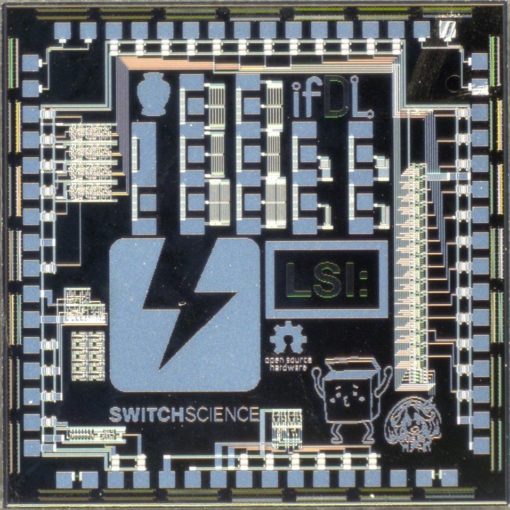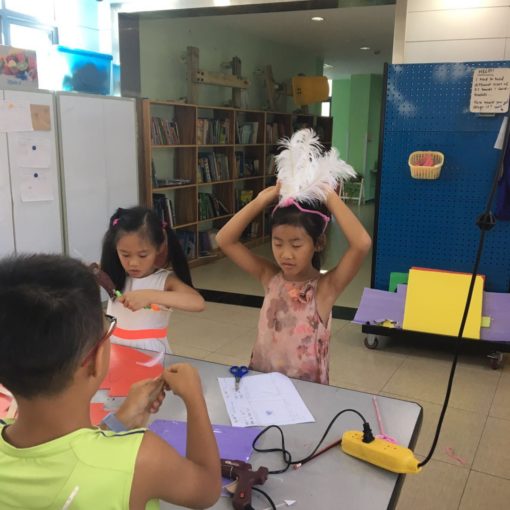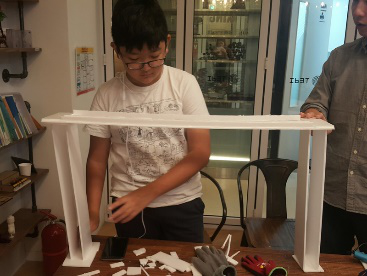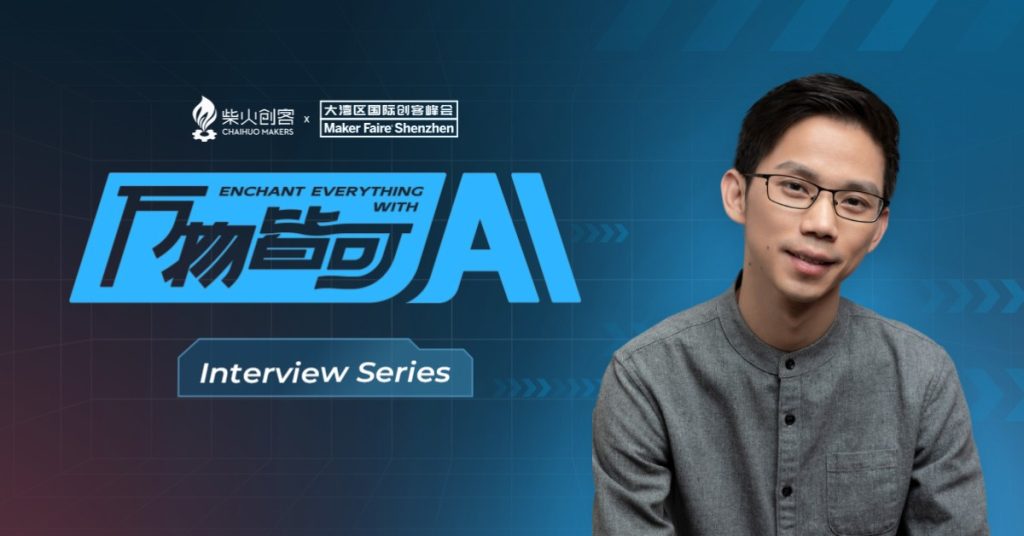
“Enchant Everything with AI” interview series
Welcome to the “Enchant Everything with AI” interview series. We will invite friends in the field of technological innovation to discuss the integrated development of AI and hardware, interpret the opportunities and challenges of the AI hardware industry, listen to the voices of industry pioneers, foresee the golden age of AI hardware, and look forward to the emergence of more AI hardware solutions at this year’s Maker Farie Shenzhen.
Interviewee 003
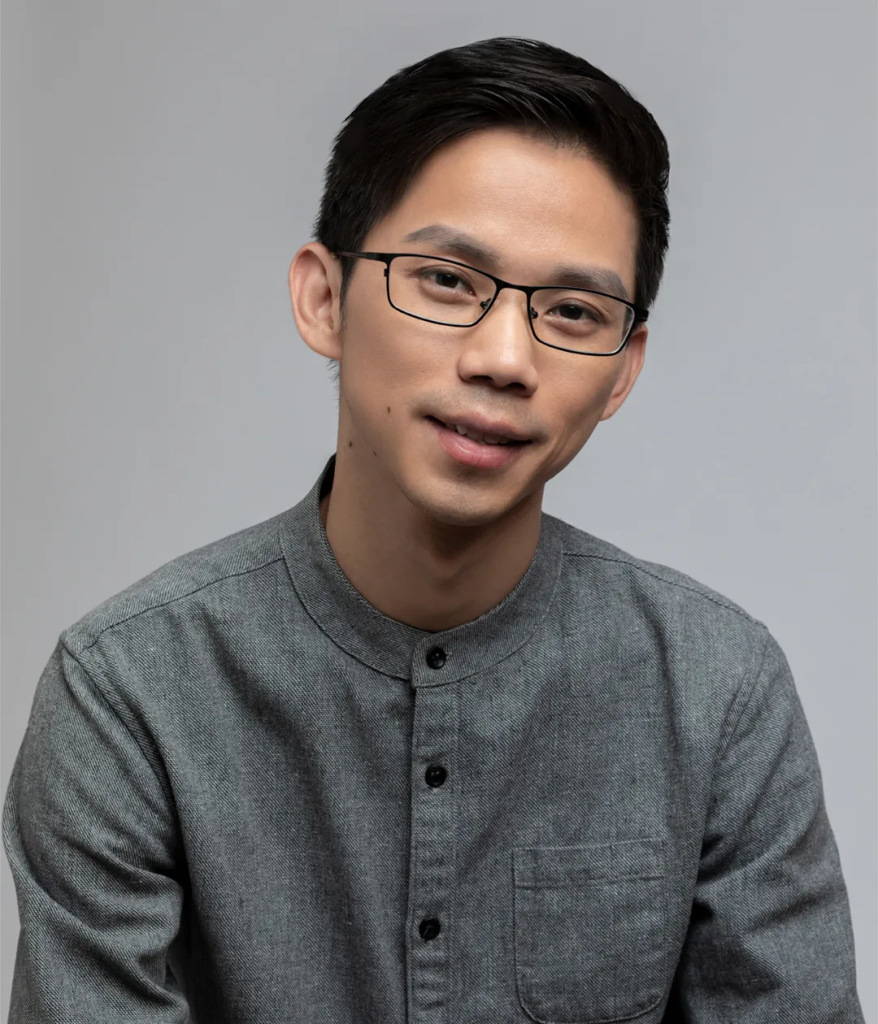
Qiunan, the founder of Dingjian Consulting, specializes in product strategy and innovation. With a track record of developing multiple product categories from inception to launch and implementing numerous smart product innovations, he has consulted for many Fortune 500 companies. Previously, he was a product manager at Qihoo 360 and led product innovation at Capgemini Consulting, where he was responsible for global business incubation, ecosystem collaboration, and strategic consulting in areas like AIoT, the Metaverse, and advanced technology abroad. In 2014, he co-founded the T&F Innovation and Entrepreneurship Community. Since 2023, Qiunan has focused on technology product strategy and innovation consulting to enhance the success rate of product innovation.

Q: As a technological innovation expert, what do you consider to be the biggest challenge currently facing the industry?
A: There are several significant challenges, including the high cost of developing and deploying large models, the low maturity and long span of the AI software and hardware industry chain, and a shortage of skilled professionals., etc. It is difficult to say which challenge is the biggest. If I have to choose, I think it is the limitation of thinking, which is to rely on outdated concepts and models when addressing new and emerging technologies.
For example, while the Internet often discusses concepts like native and killer applications, it’s important to recognize that the Internet represents a business model, whereas AI is a form of technological productivity. Applying Internet-centric terminology to describe AI productivity may not be appropriate, as AI doesn’t necessarily follow the same patterns of having “killer applications.” Instead, understanding AI and large models requires a shift in perspective. The future of AI is about evolution, not just rigid planning.
When it comes to AI+hardware, we must return to fundamental questions of user value and demand scenarios. It’s essential to assess what specific needs AI integration can address for users, the value it can provide, and the practical scenarios in which it can be applied. We should evaluate how AI-enhanced hardware offers improvements over non-AI solutions and ensure that its implementation genuinely enhances user experience and meets real-world demands.

Q: Have you come across any innovative AI solutions that are worth sharing?
A: At present, AI+ hardware product innovation can be roughly divided into three strategies.
The first strategy is creating a new computing platform, like Apple’s Vision Pro, which defines a new generation of three-dimensional human-computer interaction and computing experiences. In the early stages when both technology and market adoption are still developing, this approach involves stacking advanced hardware to enhance user experience. By initially targeting early adopters with high pricing, companies can build brand reputation and then iteratively refine both the hardware and the content ecosystem based on user feedback and market evolution.
The second strategy is ‘category + AI’, like Meta ray-ban smart glasses, which are based on traditional eyewear and leverages AI large models to enhance product functionality and value. This is a good reference for traditional hardware manufacturers looking to integrate AI capabilities into existing products, rather than developing entirely new categories or hardware from an AI-centric perspective. Essentially, it focuses on enhancing traditional hardware with AI capabilities, rather than creating new hardware solely driven by AI.
The third strategy is products that enhance the capabilities of mobile phone accessories by integrating large models. A recent example is the popular Plaud recording card, which uses AI large models to extend functionality beyond what mobile phones alone can achieve, resulting in notable success. However, a significant challenge with this type of product is its limited value proposition, which can be quickly overshadowed by advancements in mobile phone features and large model capabilities. For instance, the introduction of a built-in recording call feature in Apple phones swiftly diminished the market space for such products. Additionally, once these lightweight products prove their market fit, they are often susceptible to imitation, leading to intense competition on price and cost. Therefore, it is crucial to consider how to establish long-term competitive barriers to sustain market advantage.



Q: What unique insights do you have on the topic of “Enchant Everything with AI”? What do you believe will be the key directions for the future development of AI hardware?
A: AI is a fundamental technological capability. It will be integrated into a wide range of products and aspects of daily life, both directly and indirectly. In the short term, AI is rapidly transforming existing products and processes. In the long term, AI will become an invisible yet integral part of everything, enhancing rather than competing with existing systems. Thus, the focus will be on how AI augments and integrates with existing technologies and products, rather than being the sole focal point.
AI+ hardware development can be directed towards three key areas:
- Highly Interactive Products: The current wave of large models, primarily generative AI, enhances the intelligence and naturalness of interactions between hardware and users. Products with strong interactive features can leverage these advancements to significantly boost their value and user experience.
- Robots: Robots serve as the bridge between AI and the physical world. By incorporating AI, robots have the potential to transform physical spaces, profoundly impact human lives, and generate substantial economic value.
- Exporting Hard Technology Products: China boasts the most comprehensive hardware manufacturing capabilities and a vast pool of engineering talent globally. This positions it advantageously in the global market for AI hardware. Particularly in Shenzhen, hard technology products represent a significant opportunity for Chinese brands to expand and compete internationally.
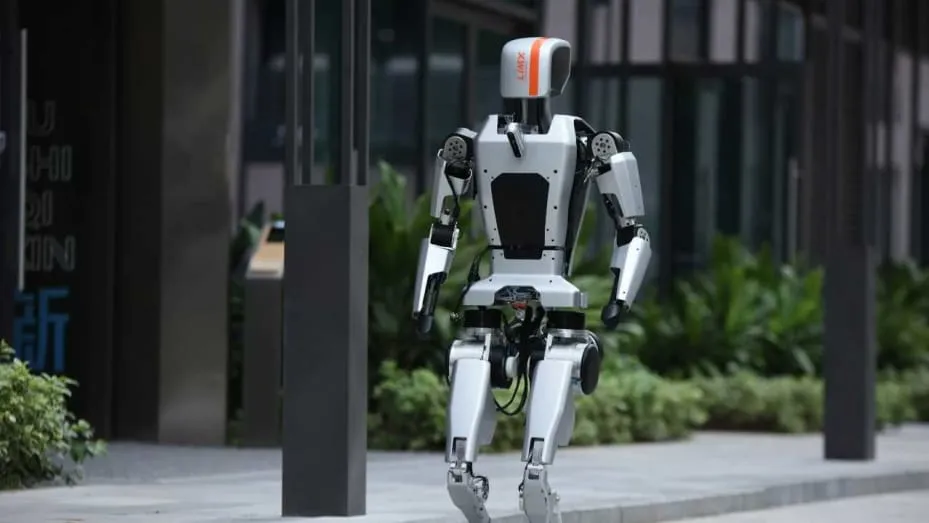
*Image source: Internet. Please notify us for removal if there are any copyright issues

Q: What are your expectations for this year’s Maker Faire Shenzhen?
A: I participated in MFSZ in 2014 for the first time. In the blink of an eye, 10 years have passed. Hardware innovation has ushered in a new wave. I believe that this event will mark a significant milestone in the history of hardware innovation. I look forward to seeing even more products with groundbreaking hardware designs at future Maker Faires.
I am particularly excited about the potential for this event to showcase products that offer dynamic interactions with the audience, especially given the strong interactive capabilities of current large models. Additionally, I hope that Shenzhen, as a pioneering hub for Chinese companies expanding globally and the event’s host city, continues to embrace and integrate global hardware innovations, fostering team connections and communication.
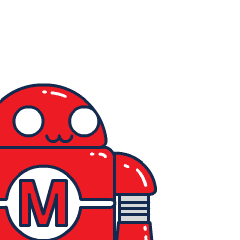
Maker Faire Shenzhen 2024
Call for Makers Now Officially Open!
Date: November 16th-17th, 2024 (Weekend)
If you want to showcase your innovative ideas and the impact they have on industry innovation, meet like-minded makers, and explore the specific applications of cutting-edge technologies in various industries at one of the largest maker innovation events in the world, we invite you to sign up by scanning the QR code below or clicking here. We look forward to seeing you there and sharing your journey of continuous innovation!
Call for Makers
Scan to Register
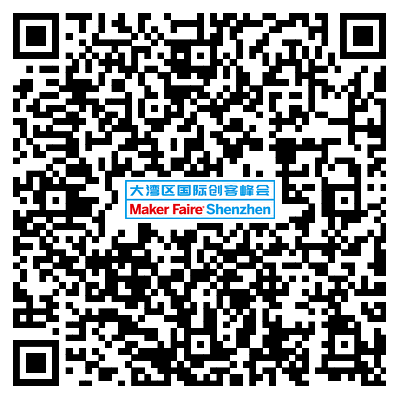
Registration Period: June 26th, 2024 – September 30th, 2024

Over the past 12 years, the development trajectory of Maker Faire Shenzhen can be seen as a microcosm of the development of maker culture in China.
- 2012: “Gathering Small Wisdom, Journeying through the Great Future” – This was the first Mini Maker Faire in China, with less than 1000 attendees, and was more like a gathering within a small circle. But we saw the infinite possibilities emerging from the maker community.
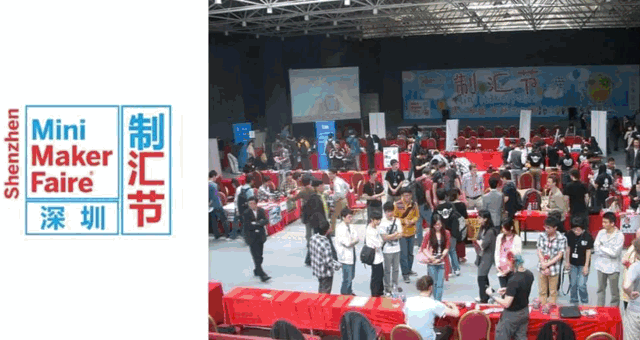
- 2013: The slogan was absent, and the maker community was still small. In the OCT Creative Park, there were cross-disciplinary exchanges among different creative communities, silently laying the foundation for cultural output.
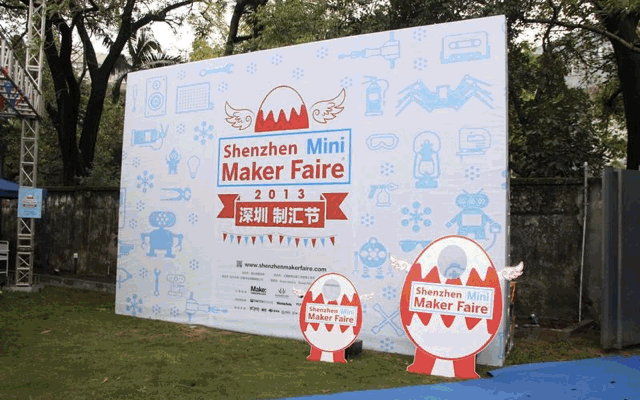
- 2014: “Innovate with China” – the event was upgraded to the Featured level for the first time, with a significant increase in scale compared to previous years, and the beginning of professional independent forums. This year, makers began to enter the public’s view.
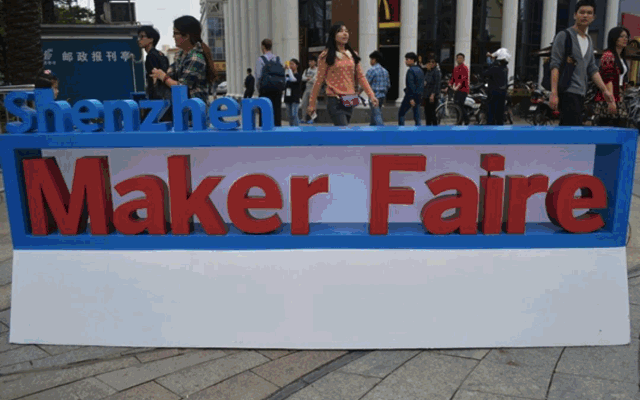
- 2015: “Everyone is a Maker, what are you waiting for?” – This year’s Shenzhen International Maker Week became one of the largest Maker Faires in the world. This year, the concept of “maker” was elevated to a national level, and the trend of “mass innovation, mass entrepreneurship” swept across the country.
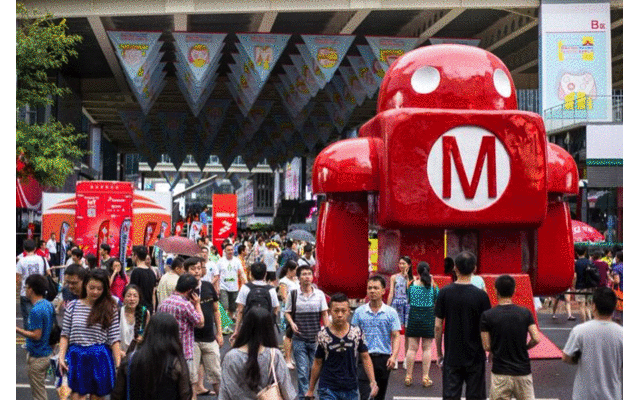
- 2016: “My World, My Creation” – As the sub-venue of the National Innovation and Entrepreneurship Week, the event was held for the first time in the commercial center area, experiencing unpredictable weather from typhoons to scorching heat. Many makers succeeded in your entrepreneurial endeavors this year, but it seemed like there were even more failures. The hype around entrepreneurship shifted towards rationality.
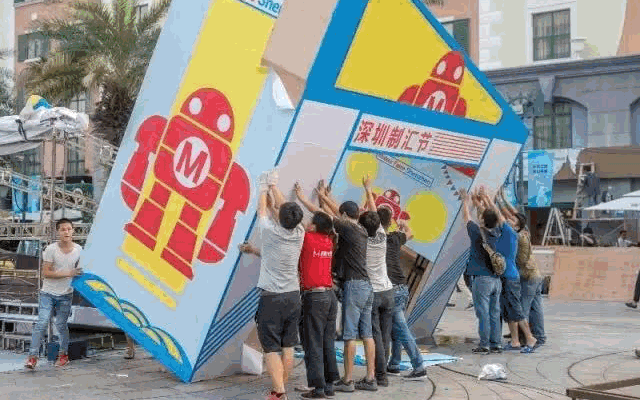
- 2017: “Makers, Go Pro” – The event took place at the university campus for the first time, focusing on Maker Pros and providing a platform for diverse innovators and makers to showcase themselves, presenting more possibilities for the growth path of makers to the entire community.
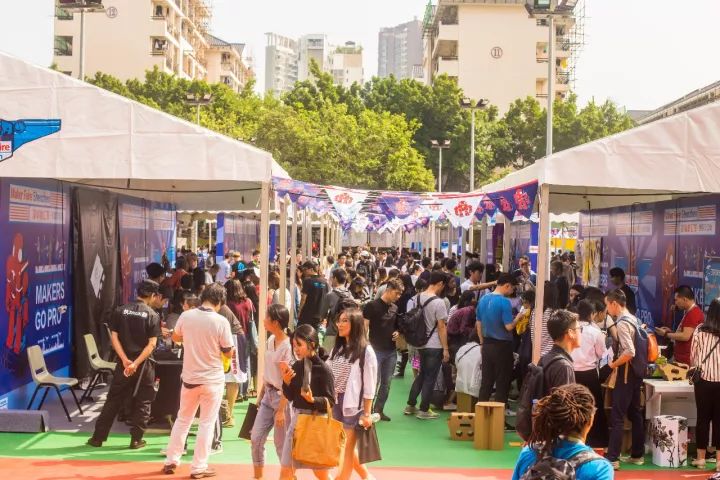
- 2018: “Co-making in the City” – The main venue of Shenzhen International Maker Week, where individuals and groups with shared visions and values gathered to showcase stories, projects, and explorations of collaboration among different communities and people.
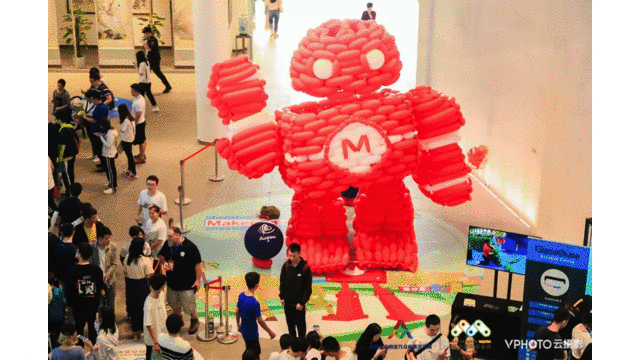
- 2019: ” To the Heart of Community, To the Cluster of Industry” – The event was upgraded to the Maker Faire Shenzhen, attempting to attract professional audiences and focusing on pragmatic aspects such as solving the needs of industrial upgrading and co-developin. It aims to build a platform for innovation and industry dialogue and collaboration.
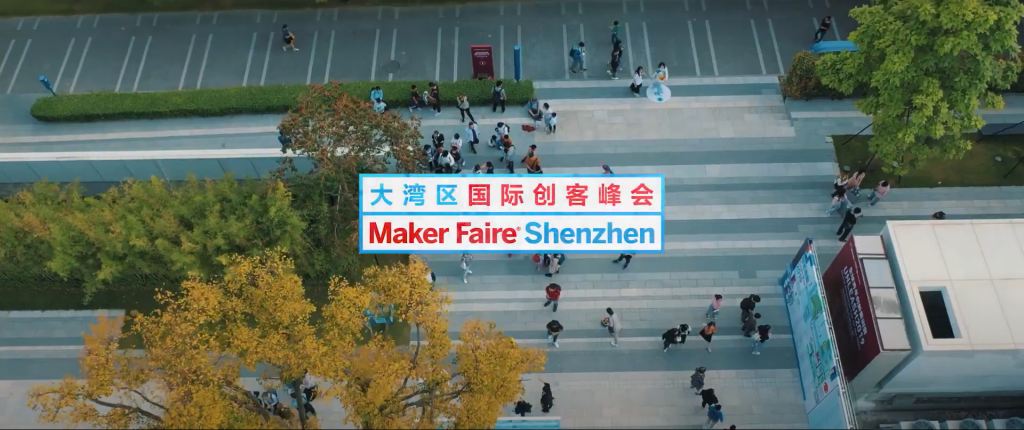
Check out the Maker Faire Shenzhen 2019 Recap here: https://www.youtube.com/watch?v=wk6eG4gsfeI
- 2023: “Where Are The Makers?”Starting from our own mission and values, we aim to explore the future direction of makers and the possibilities for commercialization. Though this question does not have a definitive answer, we do hope that through this event, we can communicate and share with every one of you, finding more ideas and directions together.
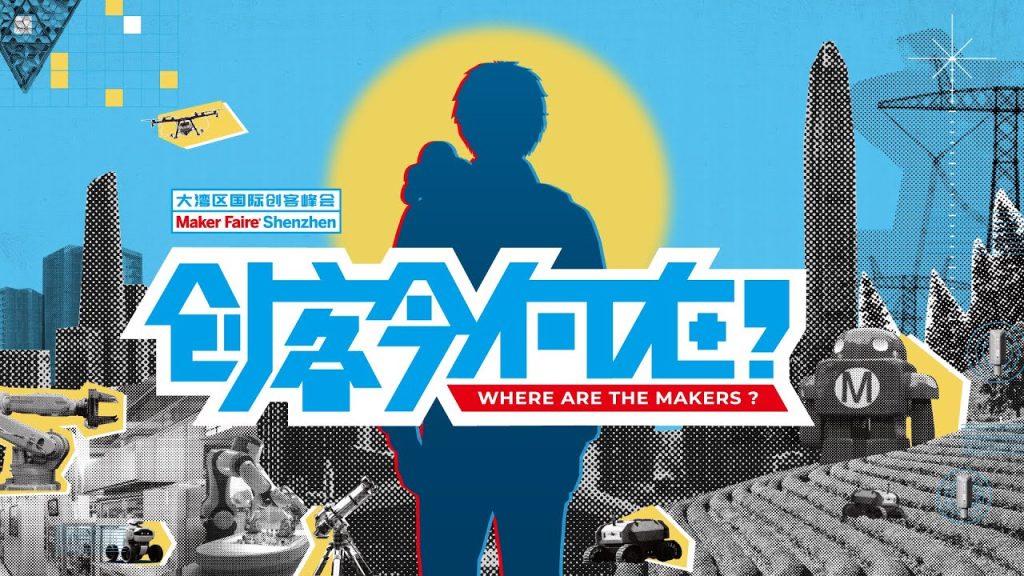
Recap video:https://www.youtube.com/watch?v=PeBJae0fHaI

